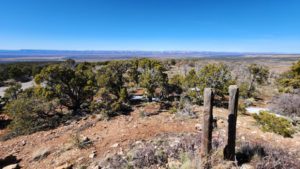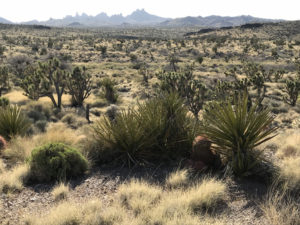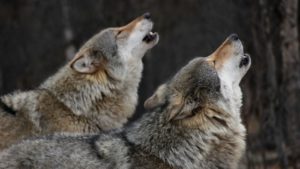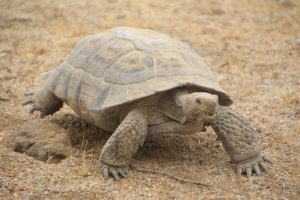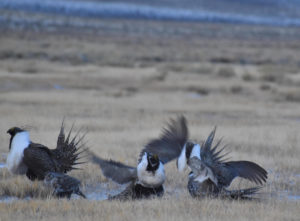For Immediate Release
August 28, 2018
Contact:
Linda Baker, Upper Green River Alliance, (307) 367-3670, linda@uppergreen.org
Kelly Fuller, Western Watersheds Project, (928) 322-8449, kfuller@westernwatersheds.org
PINEDALE, Wyo. – Today the Bureau of Land Management (BLM) approved the massive 3,500-well Normally Pressured Lance (“NPL”) project, authorizing natural gas drilling across 140,000 acres of public land in western Wyoming. The Bureau of Land Management published its Record of Decision this morning.
“This decision moves greater sage-grouse closer to extinction and threatens pronghorn that summer in Grand Teton National Park,” said Kelly Fuller of Western Watersheds Project. “We will be examining every option for reversing this decision.”
Conservationists have a number of concerns about the project.
- The proposed development encompasses key wintering habitats used by the entire sage grouse population of the Upper Green River valley, one of the three most heavily populated sage grouse strongholds in the world. The NPL project area contains the majority of the sage grouse winter habitats identified in the Upper Green, so the gas well developments could imperil the entire regional population.
“Critical winter habitat hotspots like these are NOT the place for heavy, industrialized development,” said Linda Baker, Director of the Upper Green River Alliance.
- Sage-grouse winter habitats, which are used by a large portion of the sage grouse in the Upper Green River Valley, will get token “seasonal stipulations” that allow roads and well pads to be sited in the midst of the most sensitive habitats as long as construction occurs outside the winter season. Because scientific studies in this area found that wintering sage grouse avoid well pads by 1.75 miles, this raises the specter that sage-grouse will be extirpated from large areas of their critically important winter habitats.
- The pronghorn migration routes will be subjected to the densest level of development of the entire NPL project area, with 4 well pads per square mile, along with their access roads, pipelines, and facilities. The standard well density in Wyoming gas fields leaves no room for wildlife. No setbacks will be provided for the scientifically identified pronghorn migration routes.
“Secretary Zinke just adopted a new migration policy that was supposed to commit federal agencies to protecting migration corridors like the Path of the Pronghorn, so it is an especially bitter irony that the first big oil and gas project under his direction targets one of the world’s most famous pronghorn migrations for industrialization,” said Fuller. “Pronghorn that summer in Grand Teton National Park pass right through the proposed gas field. The belt of industrial development will ultimately extend across the entire width of the valley, and is likely to block the pronghorns from reaching the winter ranges they need to survive.”
- Sage-grouse leks, or breeding sites, will get a 0.6-mile setback for wellpads in the Priority Habitat Management Area, and an even-smaller 0.25-mile buffer across the rest of the project. The smallest lek buffer that could possibly be justified based on scientific knowledge is 3.1 miles.
- Because the BLM failed to examine and disclose the locations of planned roads and wellpads within the project area, it is impossible for the public – or the BLM – to estimate the true magnitude of impacts of this project on sage-grouse. Federal law requires agencies to take a “hard look” at industrial projects before they are approved, and the BLM has shirked this legal obligation.
- Instead of defining the number of gas wells that would be permitted in one year to follow state guidelines and reduce the health impacts of ozone pollution, BLM will allow the operators to self-report estimated emission levels on a case-by-case basis. The public will have no idea what kind of ozone pollution they’re being exposed to next winter.

